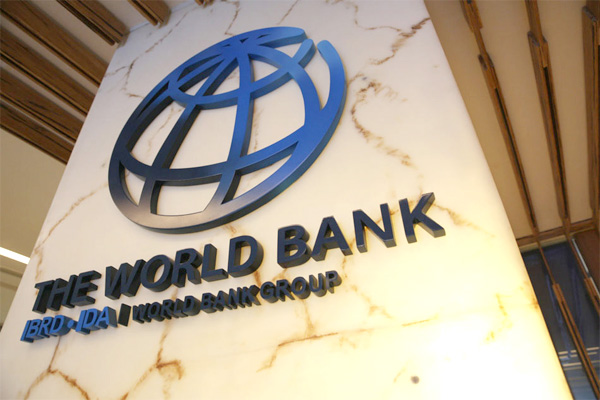
World Bank: Uzbekistan to Rank Among Top Five Fastest-Growing Economies in ECA Region in 2025
World Bank: Uzbekistan to Rank Among Top Five Fastest-Growing Economies in ECA Region in 2025
Tashkent, Uzbekistan (UzDaily.com) — Uzbekistan is projected to be among the top five fastest-growing economies in the Europe and Central Asia (ECA) region in 2025, according to the latest edition of the Europe and Central Asia Economic Update: Jobs and Prosperity published by the World Bank.
The report notes that while growth has slowed across emerging markets in the region, countries continue to show resilience in the face of global and regional challenges.
Overall GDP growth in the ECA region is forecast at 2.4% in 2025, down from 3.7% in 2024, mainly due to slower economic activity in Russia. In the following years, regional growth is expected to gradually recover, averaging 2.6% in 2026–2027. However, geopolitical uncertainty, trade tensions, and inflationary pressures continue to weigh on economic stability.
Among ECA economies, Central Asia will record the strongest performance for the third consecutive year, with GDP expected to grow by 5.9% in 2025. Growth will be supported by increased oil production in Kazakhstan, higher remittance inflows to Kyrgyzstan, Tajikistan, and Uzbekistan, as well as expanded public and private investment.
In 2026, regional growth in Central Asia is projected to moderate to 5%, though the subregion will remain the leader in economic expansion across ECA, ahead of Central and Eastern Europe, the South Caucasus, the Western Balkans, Russia, and Türkiye.
Uzbekistan is forecast to remain among the top five fastest-growing economies in 2025 and 2026, with GDP expected to expand by 6.2% and 6%, respectively.
Other regional frontrunners include Kyrgyzstan (9.2% in 2025 and 6.5% in 2026), Tajikistan (7.6% and 5.2%), Georgia (7% and 5.5%), and Kazakhstan (5.5% and 4.5%).
Uzbekistan’s key development priorities include the chemical industry, ICT services, and horticulture.
In the chemical sector, competitiveness and energy efficiency depend on modernization of production facilities, separation of regulatory and commercial functions, and gradual removal of subsidies, price controls, and export restrictions.
The ICT sector’s growth remains constrained by limited broadband access and affordability, slowing the development of digital services and solutions.
In horticulture, export potential can be strengthened by adopting international standards and certifications, removing prepayment requirements for foreign buyers, and attracting investment in modern irrigation systems and agricultural research aimed at improving crop varieties.